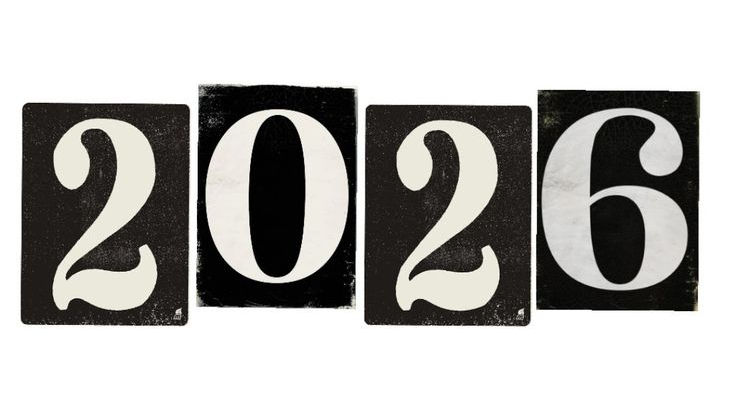Trees Are For Everyone
- studentinvolvement1
- Oct 21, 2021
- 4 min read
TREES ARE FOR EVERYONE
Urban tree canopies are an essential aspect of human life in cities. They are key to reducing heat, creating better air quality, and supporting more beautiful and useful areas for humans. Tree canopies can be measured by the amount of ground area that is covered by branches and leaves.
In Chicago, the Bureau of Forestry is the agency that plans and plants trees, usually focusing on public walkways as the most used spot for tree planting. They also fulfill requests by property and business owners who want a tree planted in front of their building or property. But why do they plant these trees and why are some areas given more trees than others in cities?
Have you ever walked down a street on a really hot day with no shade in Chicago? You feel like you’re trekking through the Sahara, right? A lack of tree canopy is one of the factors causing this heat. The temperature is inversely proportional to the amount of tree coverage in a specific area. In other words, the less trees there are, the higher the temperature is. Heat is not the only aspect increased with a lack of trees, but so is air pollution.
Trees and greenery are essential to improving air quality and combatting the negative effects of pollution in an urban area. Average temperature and air quality are two factors that can either significantly increase or decrease the quality of life for humans. Physical and mental health are also related to the lack or proliferation of the tree canopy. It has been proven that trees improve the mental health of humans and are known as natural stress relievers. Stability in mental health often directly correlates with lower crime rates and general increase in quality of life for everyone. So, are trees evenly dispersed in cities? And if they aren’t, then why?
Tree canopy disparity is a very real thing that can be seen in many cities across the Unites States. Those living in more affluent areas of city can have up to 65% more tree canopy coverage when compared to areas that might not be as supported financially. This is a disgusting inequality when considering the real-life health effects that a lack of tree canopy has.
The “Luxury Effect” is a term used to describe why more affluent areas have a greater amount of biodiversity and healthier ecosystems in general. Socioeconomics play a huge role in urban ecology, and it has been proven in many cities that rich areas receive much more attention given to their parks and tree canopies, while other areas are forgotten. These issues of area inequality can, unsurprisingly, be drawn back to white flight and red lining, which occurred just a few decades ago.
Red lining occurred because rich white people in cities did not want people of other ethnicities and backgrounds to live in what they thought to be their areas. This created a long-lasting effect of inequality in schools, parks, and the quality of food available that many still feel to this day. Today, we see a greater disparity of urban canopy in places that have felt the worst effects from red lining.
A great example of this would be St. Louis, Missouri. The surrounding areas of Saint Louis — which are much wealthier than the city itself — experience over 40% canopy coverage, while the city has a merely 18% cover. While Saint Louis is an extreme example, places like Chicago, Houston, and Los Angeles face the same issue.
To right the wrongs of red lining, a prioritization for investing in areas that have been ignored by the city due to its socioeconomic level needs to occur. You cannot rightly say that people are treated equally in cities when the disparity in the quality of environment is this significant. This should be a focus in creating a better world and community, and there is hope that we will see this happen.
The future of urban canopies is bright as many city-dwellers have expressed not just a want, but a need for trees. Many cities have recently taken steps to focus more attention on their urban canopies. As heat waves surge and air quality continues to worsen, these trees are no longer an option — they are a necessity.
In Chicago, the Urban Forest Advisory Board was established in July of this year, and it has the job of increasing the canopy in Chicago to 20%. This is a huge task as the tree canopy is currently at 13%, but many are citizens are willing to make it happen.
Community Conservation is a growing movement in the United States, founded on the desire of citizens to improve their community through efforts in creating healthier ecosystems. This movement has increased in popularity due to the climate crisis and has been a big factor in the growing support for increasing urban canopies in cities across the United States. Notably, in places like Los Angeles, Phoenix, and Portland. While some citizens are waiting to see government action on this issue, others are taking direct action.
Guerrilla gardening is a form of direct action in which one plants native species to better their community. Although it is technically illegal, it does not harm anyone and few have been prosecuted for it. Admittedly, it is difficult to sneakily plant trees without them being removed. Trees in urban areas have a much shorter lifespan when compared to trees in rural areas. These lifespans can be extended by planting native species that aid in creating healthier trees. Tree lifespans are directly related to the lack of biodiversity and space for them to grow. By utilizing guerrilla gardening, one can increase biodiversity and potentially a tree in living a happier, healthier, longer life.
Stay tuned for my next blog talking about some of the real-life effects of guerrilla gardening and some tips on how to go about it if you’re brave enough.
_edited.png)



Comments